Paris is still recovering from the devastating fire which damaged one of its symbols, the Notre Dame Cathedral. But in the aftermath of this horrible event, it’s important to remain hopeful and remind ourselves that humans are excellent at rebuilding things. Take Dresden for example, more specifically, the Frauenkirche church.
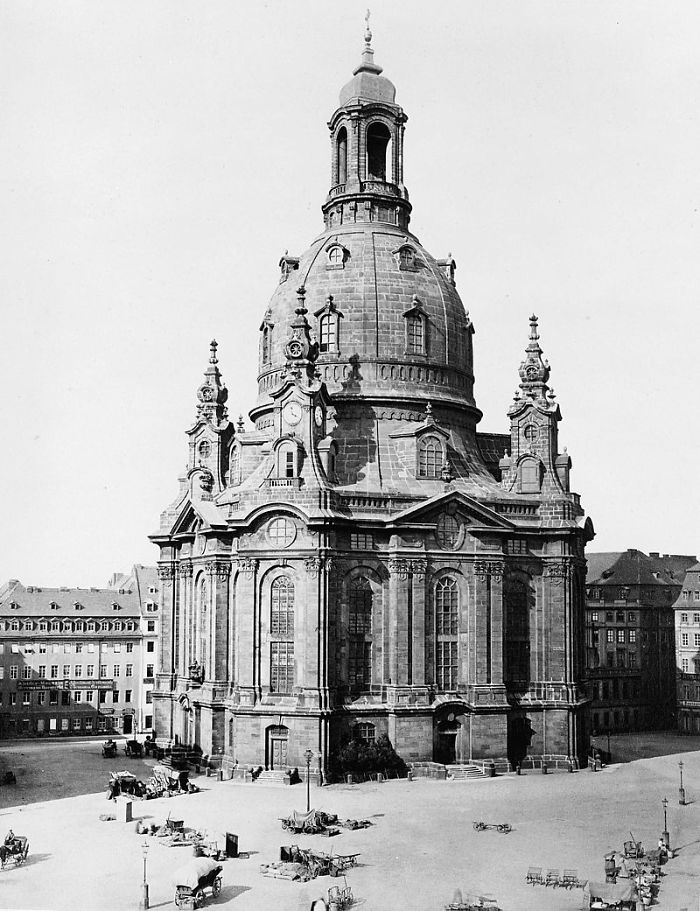
Image credits: loc
Completed in 1743, it was destroyed by the heat generated by some 650,000 incendiary bombs that were dropped on the city by the Allied forces during the Second World War. To put things into perspective, the temperature surrounding and inside the church eventually reached 1,000 °C (1,830 °F), and the dome collapsed at 10 a.m. on 15 February, 1945.
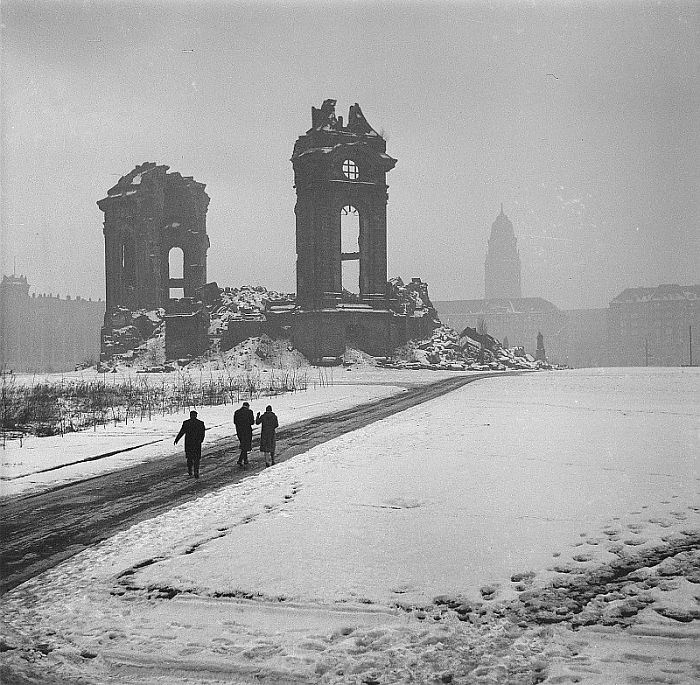
Image credits: Deutsche Fotothek
“The wish to rebuild the Frauenkirche existed since the day of its collapse,” the church writes on its website. “After the end of WWII, however, neither the Church in the State of Saxony nor the city of Dresden had the funds, let alone technical or personnel resources to launch the rebuilding project on their own. Nevertheless, the Church in the State of Saxony and the State Office of Monument Preservation favored the rebuilding scheme.”
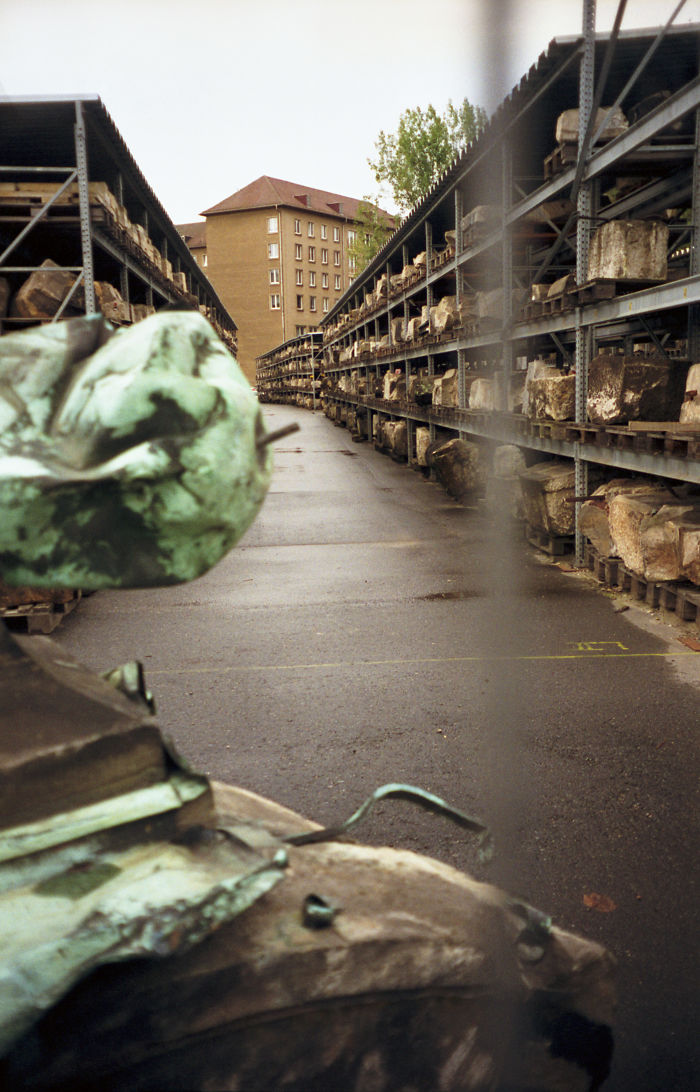
Image credits: Greg O’Beirne
“As early as one year after the end of WWII, the Evangelical Lutheran Church in the State of Saxony launched a donation campaign. The State Office of Monument Preservation carried out first investigations towards a potential archaeological reconstruction based on as-built documentation drawn up in the course of restoration work during WWII.”
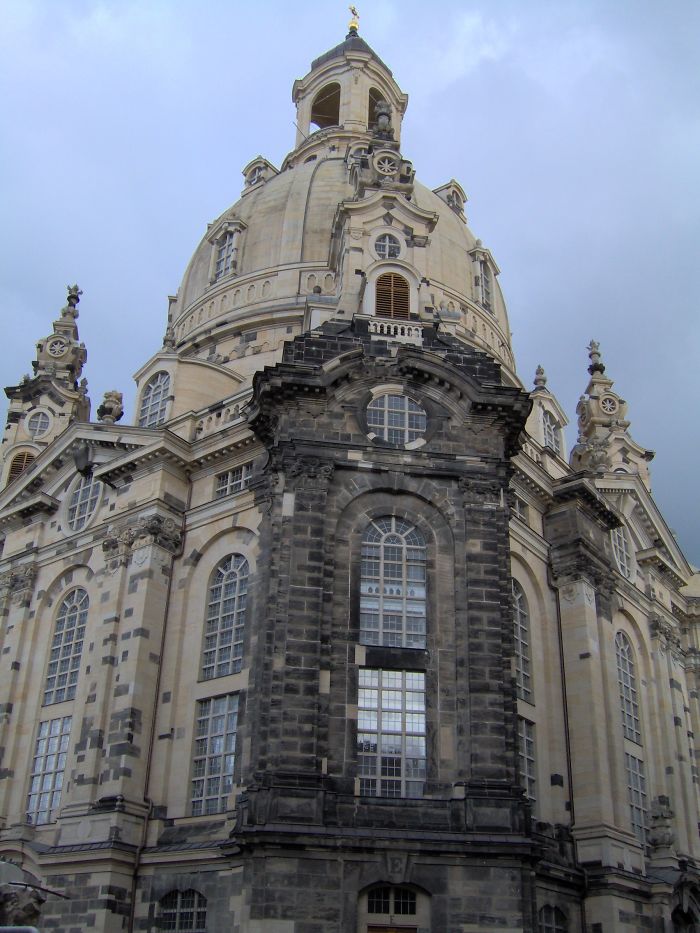
Image credits: ProhibitOnions
“However, the political conditions in the German Democratic Republic did no permit continuation of the commenced work. Several times there was even the threat of complete clearing of the ruin. It was only in the late 1980s that renowned personalities came out for rebuilding the Frauenkirche and started to collect donations.”
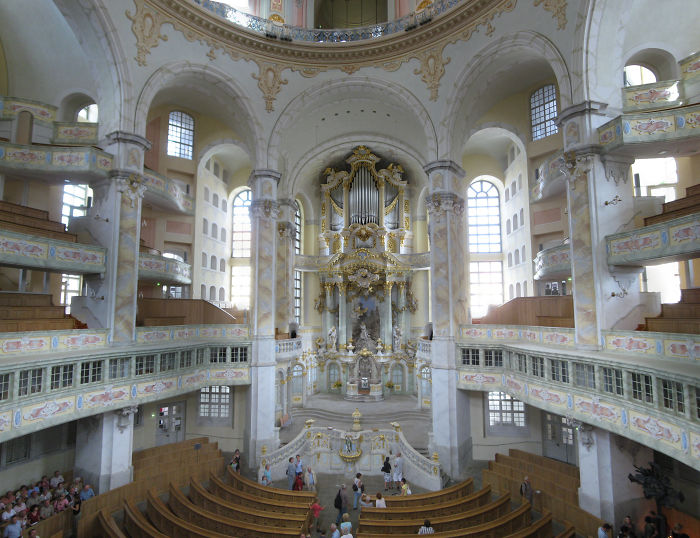
Image credits: wikipedia
The revolution in 1989 and the reunification of Germany in 1990 brought about change also for Dresden’s Frauenkirche. In November 1989, committed Dresdners founded a citizen action group for rebuilding the Dresden Frauenkirche and on 13 February 1990 published an ‘Appeal from Dresden.’
On 20th February 1992, the Dresden city council consented to the rebuilding of the Frauenkirche and the works began in 1994. There were three principles to guide the process:
- George Bähr’s Frauenkirche should be rebuilt using its original structural substance to the largest extent possible in accordance with the original construction plans. This should be done
- with the aid of modern technology as well as the theories and methods of structural engineering and physics valid today, while
- giving due consideration to all the requirements resulting from a vibrant usage of the building in the 21st century.
“An initial three-dimensional model was created based on the recovered data using the latest computer technology. This was a real challenge, not least due to the baroque architecture with its multiple curved surfaces. But no matter how indispensable the computer was as a working tool, it could not replace the creativity of the architects and engineers. Their skills were in great demand with regard to planning and calculating stability and structural safety.”
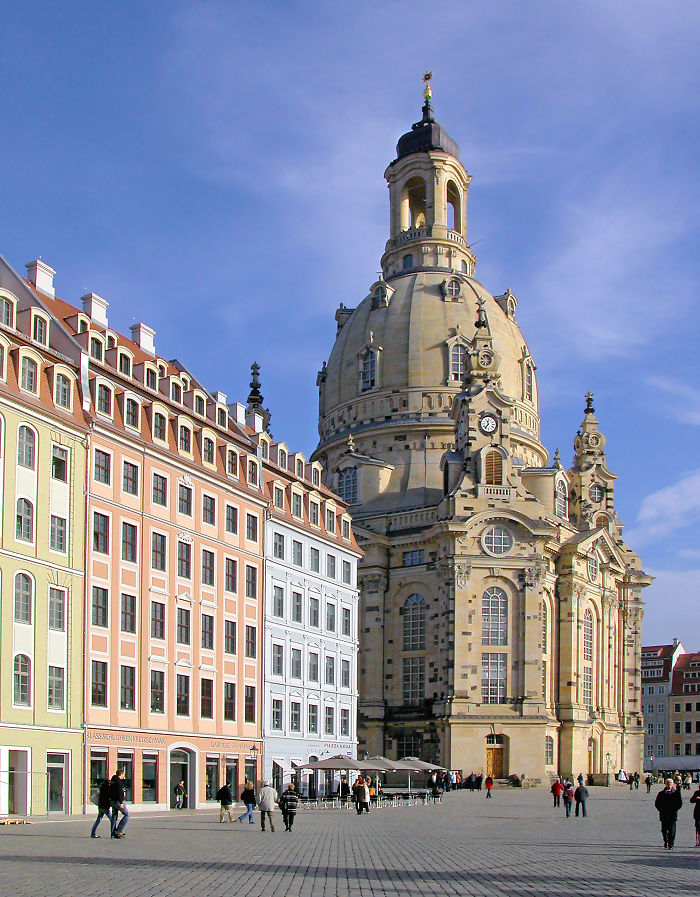
Image credits: wikipedia
In total, 8,390 façade stones and interior wall and ceiling stones, as well as 91,500 back-up blocks, could be saved. A lot of other objects were documented in addition to the stone finds. Finally, in 2005 the reconstruction was completed, with total costs (including archaeological rubble clearing, construction preparation, and taxes) reaching 182,6 million euros (or 205,5 million dollars).
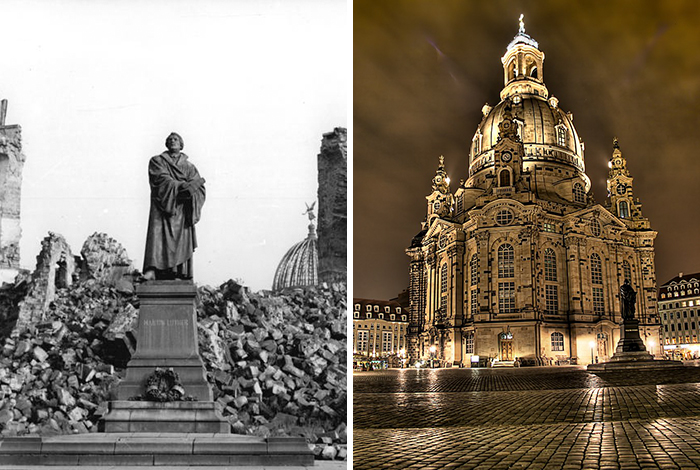
Image credits: bundesarchiv/ vikinglifeblog
People were blown away by the the reconstruction








from Bored Panda http://bit.ly/2VR02Mh

